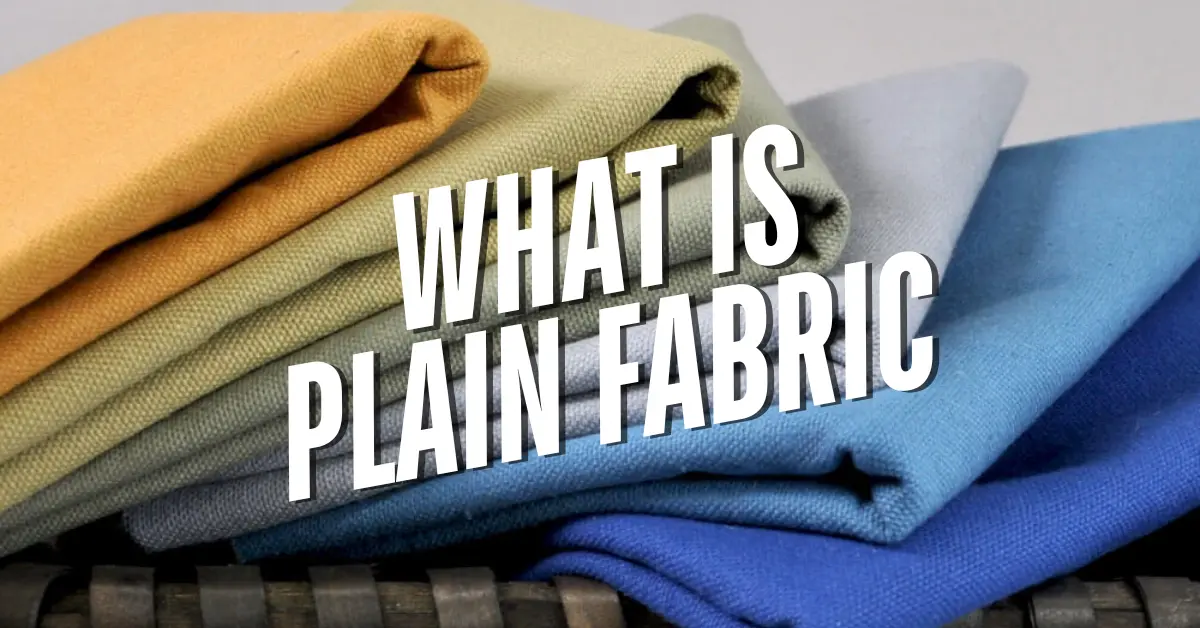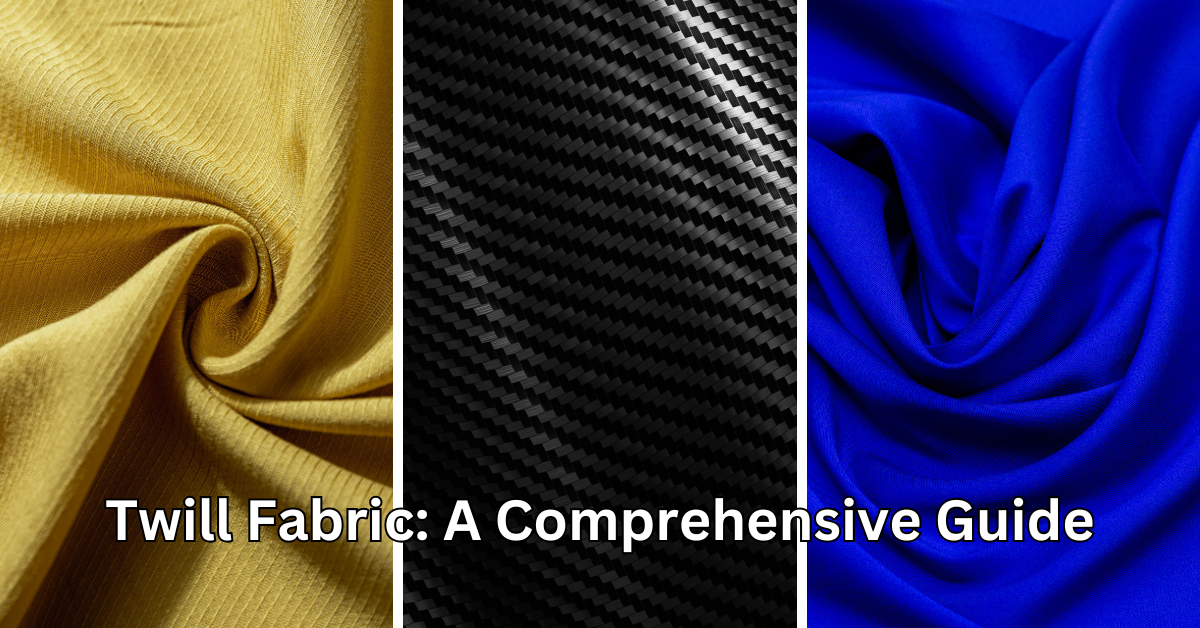Definition of CVC Fabric
CVC fabric stands for Chief Value Cotton, a textile made by blending cotton and polyester fibers, with cotton comprising at least 50% of the mix. This combination leverages the natural comfort of cotton and the strength of polyester, resulting in a fabric that balances softness and durability.
Brief History and Evolution
The development of CVC fabric emerged from the need to enhance the properties of pure cotton textiles. By integrating polyester fibers, manufacturers created a material that maintains cotton’s comfort while improving durability and reducing costs. This innovation has led to CVC fabric’s widespread adoption in various textile applications.
Composition and Characteristics of CVC Fabric
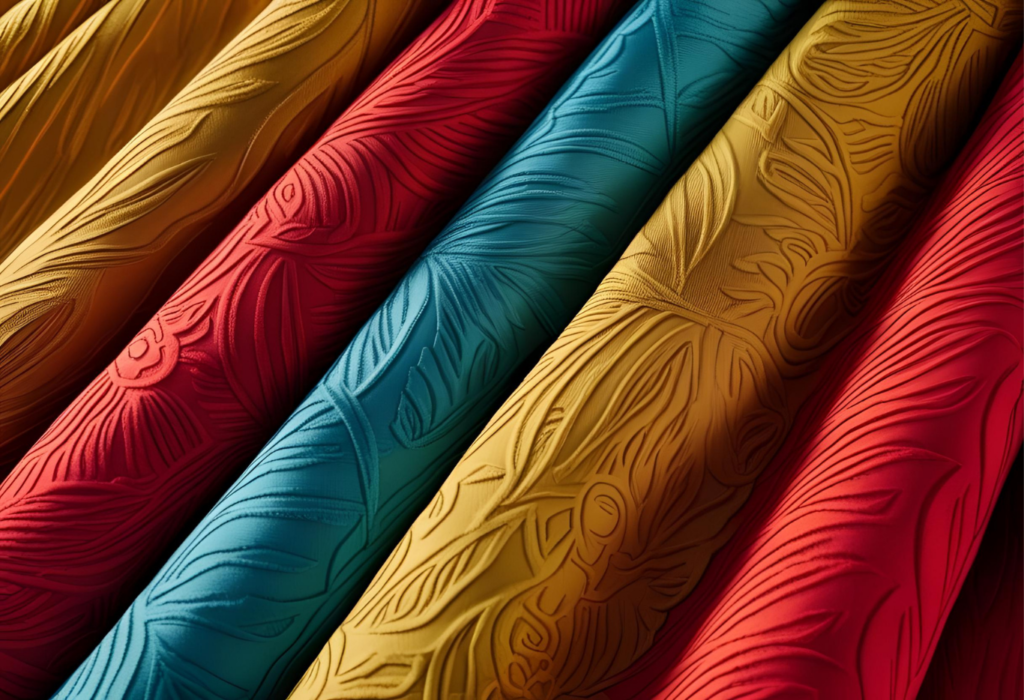
Material Composition
CVC fabrics are characterized by their cotton-to-polyester ratios, commonly found in blends like 60% cotton and 40% polyester or 55% cotton and 45% polyester. These ratios are designed to optimize the benefits of both fibers, achieving a fabric that is both comfortable and long-lasting.
Key Properties
Breathability
The high cotton content in CVC fabric ensures good air circulation, enhancing wearer comfort by allowing the skin to breathe effectively.
Durability
Incorporating polyester fibers increases the fabric’s strength, making it more resistant to wear and tear compared to 100% cotton textiles.
Wrinkle Resistance
The presence of polyester reduces the tendency of the fabric to wrinkle, maintaining a smoother appearance with less need for ironing.
Moisture-Wicking Abilities
CVC fabric effectively manages moisture by absorbing sweat from the skin and facilitating its evaporation, keeping the wearer dry and comfortable.
Types of CVC Fabric
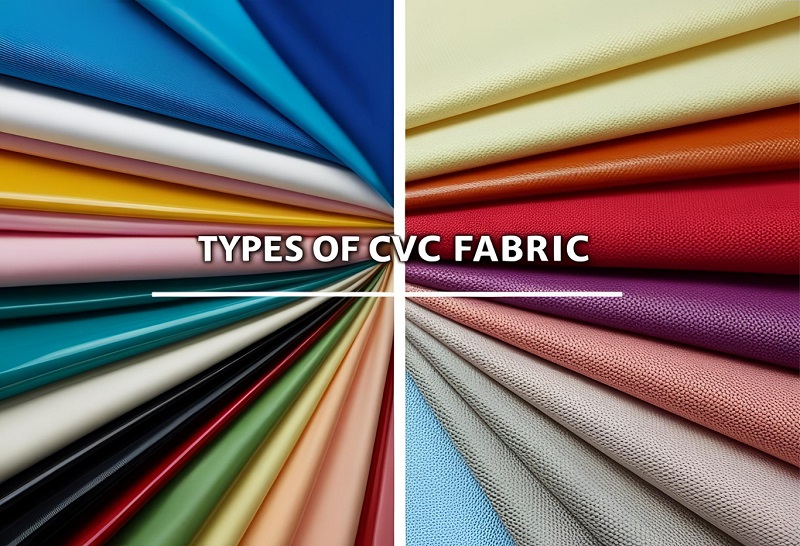
Based on Cotton-Polyester Ratios
Common CVC blends include 60% cotton with 40% polyester and 55% cotton with 45% polyester. These variations allow manufacturers to tailor the fabric’s properties to specific applications, balancing comfort and durability.
Incorporation of Additional Fibers
Some CVC fabrics incorporate additional fibers like spandex to introduce elasticity, enhancing the fabric’s flexibility and suitability for activewear and other stretchable garments.
Production Process of CVC Fabric
Sourcing of Raw Materials
The production of CVC fabric begins with selecting high-quality cotton and polyester fibers to ensure the desired balance of softness and strength in the final product.
Blending Techniques
The cotton and polyester fibers are carefully blended in specified ratios to create yarns that combine the best attributes of both materials.
Weaving and Finishing
The blended yarns are woven into fabric, followed by finishing processes that enhance characteristics such as softness, colorfastness, and shrink resistance.
Advantages of CVC Fabric Over Other Materials
Comparison with 100% Cotton
While pure cotton fabrics are known for their comfort, they can lack durability and are prone to wrinkling. CVC fabric addresses these issues by incorporating polyester, resulting in a textile that is both comfortable and more resilient.
Comparison with 100% Polyester
Although polyester fabrics offer strength and wrinkle resistance, they may not provide the same level of comfort and breathability as cotton. CVC fabric combines the advantages of both fibers, offering a balanced solution.
Common Applications of CVC Fabric
Apparel Industry
CVC fabric is widely used in the production of t-shirts, activewear, and casual clothing, providing a comfortable yet durable option for everyday wear.
Home Textiles
In home textiles, CVC fabric is utilized for items like bed sheets and pillowcases, offering a soft feel combined with long-lasting quality.
Industrial Uses
Due to its enhanced durability, CVC fabric is suitable for uniforms and workwear, providing garments that withstand rigorous use while maintaining comfort.
Care and Maintenance of CVC Fabric
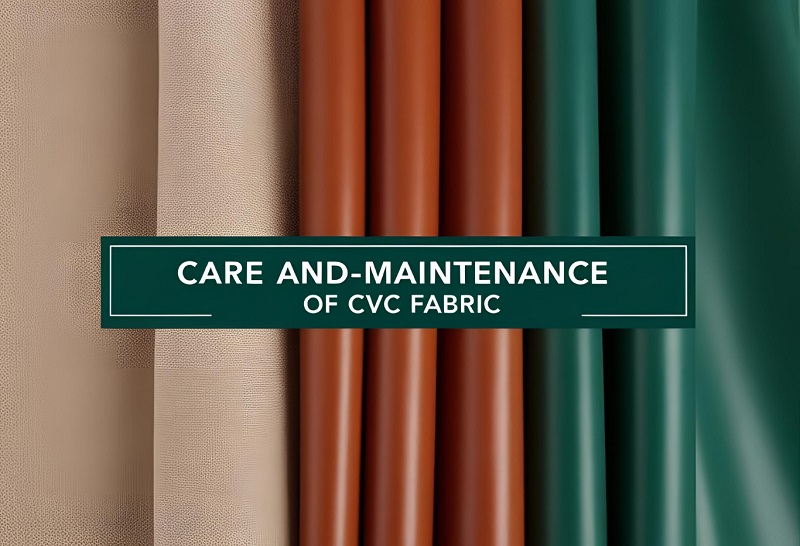
Washing Guidelines
To preserve the quality of CVC fabric, it is recommended to wash it in warm water with mild detergents. Avoiding harsh chemicals helps maintain the integrity of the fibers.
Drying and Ironing Tips
Tumble drying on a low setting or air drying is advisable to prevent shrinkage. If ironing is necessary, using a moderate temperature setting will help maintain the fabric’s smooth appearance without causing damage.
Conclusion
Summary of CVC Fabric Benefits
CVC fabric offers a harmonious blend of comfort, durability, and ease of care, making it a versatile choice for various applications in both apparel and home textiles.
Future Trends
As the textile industry continues to innovate, CVC fabric is expected to evolve, incorporating new fibers and technologies to further enhance its performance and sustainability.
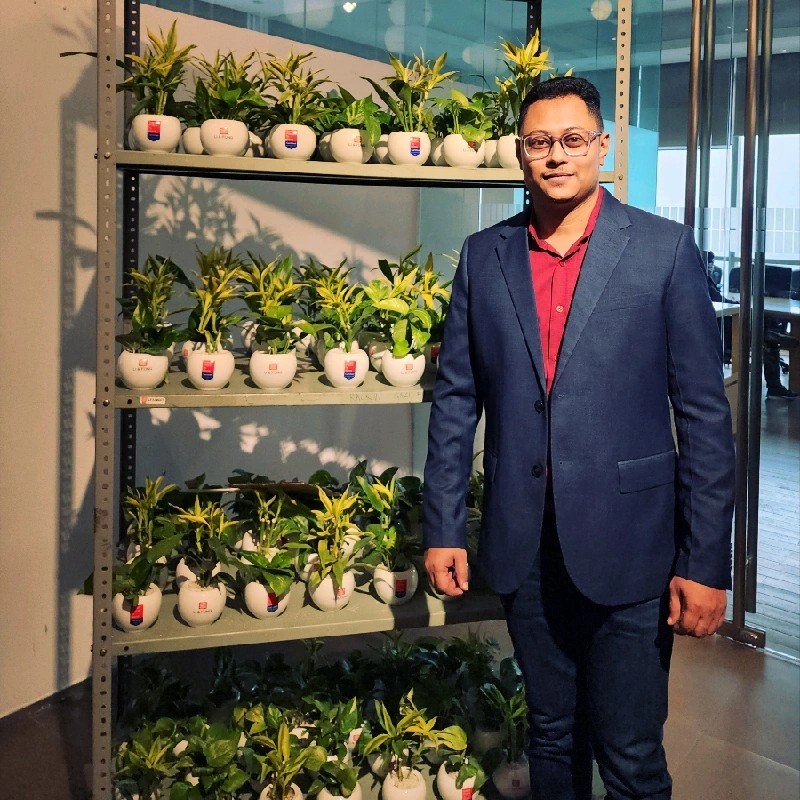
Manager – Fabric Technical and Sourcing/Product Development/ Sustainable Material Management.
I am a B.Sc .-educated Manager of Fabric Sourcing and Technology with extensive experience in the apparel and fashion industry. Passionate about trend analysis, fabric sourcing, and sustainable textile solutions, I thrive in fast-paced environments that demand innovation, adaptability, and leadership.
As a servant leader, I am committed to honesty, transparency, and continuous process improvement. My expertise spans fabric development, product quality management, and supply chain optimization, ensuring exceptional performance across all facets of sourcing and production.
Core Skills & Expertise
✔ Fabric Sourcing & Development – Specialized in regular and sustainable textiles (BCI, Organic, Recycled).✔ Trend Analysis – In-depth understanding of global fashion and fabric trends.✔ Product Development – Expertise in material innovation and process optimization.✔ Quality Management – Strong focus on process control, ensuring high-quality production.✔ Leadership & Problem-Solving – Solution-oriented approach to team management and decision-making.
Technical Proficiency
🖥 Software & Tools:▪ Microsoft Outlook, Excel, Word▪ PLM (Product Lifecycle Management)
🌱 Sustainable & Ethical Practices:▪ Better Cotton Initiative (BCI)▪ Organic & Recycled Fabric Management
Key Strengths
✅ Solution-Focused Leadership – Driving innovation and efficiency in fabric sourcing.✅ Quick Decision-Maker – Adapting to market shifts and production challenges.✅ Team Player with a Positive Attitude – Ensuring collaboration and productivity.✅ Strong Time Management – Meeting deadlines while maintaining quality.
Professional Achievements
🏆 Li & Fung GEM Award – Recognized for fabric sourcing and supply chain management excellence.🏆 Group CEO GEM Award – Honored for outstanding leadership and process innovation.
